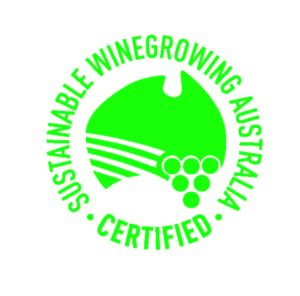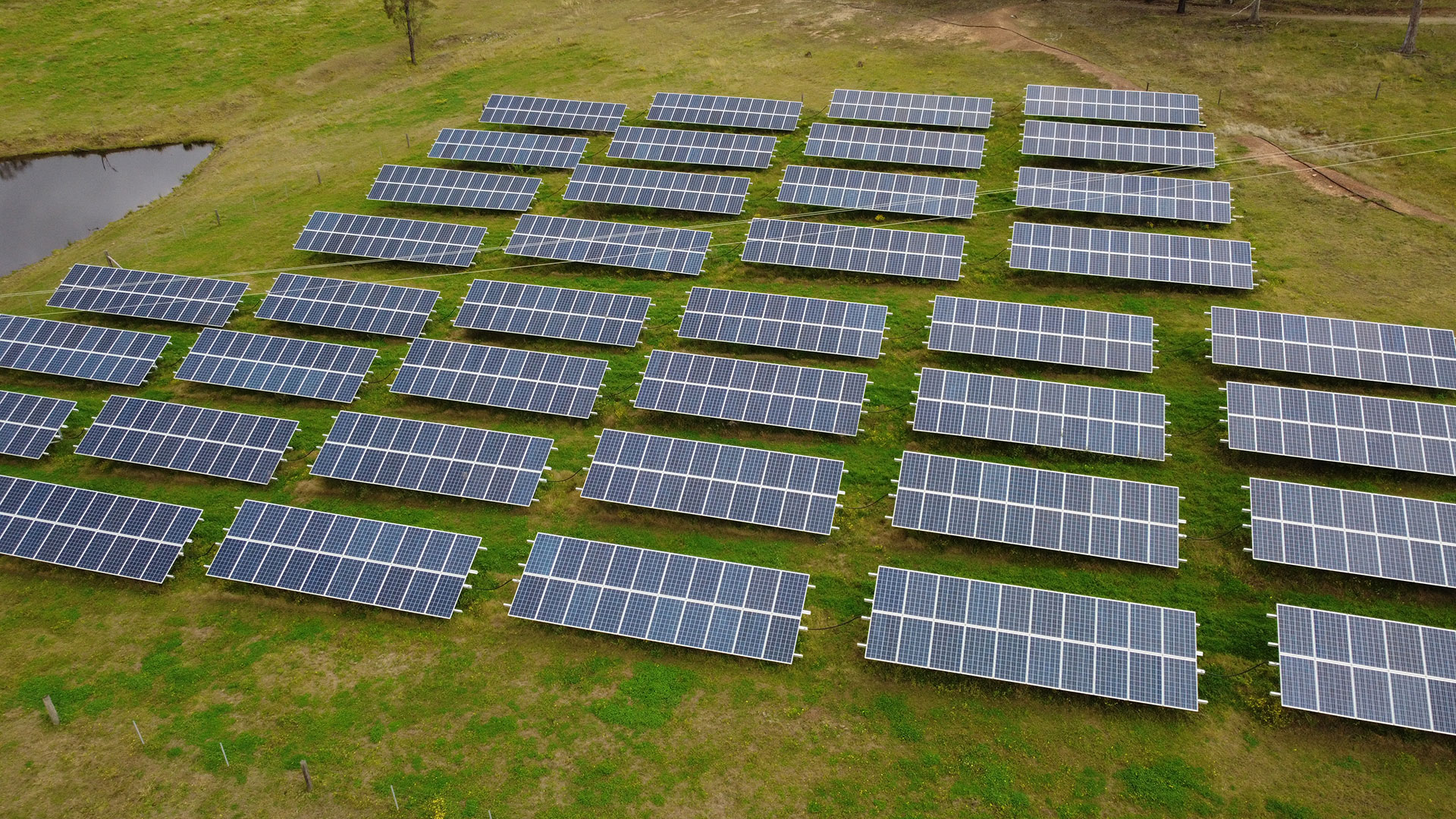 Tyrrell’s is proud to announce that as of November 2023, our Hunter Valley Winery and Vineyards are now officially certified members of the national Sustainable Winegrowing Australia program.
Tyrrell’s is proud to announce that as of November 2023, our Hunter Valley Winery and Vineyards are now officially certified members of the national Sustainable Winegrowing Australia program.
This means that wines produced in our Hunter Valley Winery with grapes grown from our Hunter Valley owned-or-managed vineyards may now be classified as sustainable and sold and marketed with these credentials.
We are pleased that our long-held Sustainability philosophies and Environmental Management practices have now been officially recognised and endorsed by this national program.
As a fifth-generation Australian family-owned company, the sustainability of our vineyards and our entire business is of paramount importance, with our ongoing aim to protect and improve our land and environment for the benefit of many more generations to come.
Here at Tyrrell’s, we recognise that we have a responsibility to make our operations as sustainable as possible and are committed to doing everything we can to reduce our environmental impact, whether it’s in the vineyard, in the winery or in our broader operations.
With this in mind, in April 2009, we established an Environmental Management System (EMS) that was designed to operate in accordance with the requirements of the International Standard for Environmental Management, ISO 14,001. We also established a dedicated EMS team at the winery to monitor and record our energy usage. This allows us to review our environmental performance each year and measure our progress towards achieving our environmental objectives and targets.
The four main areas on which we’ve focused are:
- Sustainable vineyard management
- Reducing energy consumption
- Reducing water consumption
- Reducing waste
Water is an increasingly precious resource and at Tyrrell’s we treat it as such. Throughout its history, Tyrrell’s has maintained a culture of using dry-grown vineyards wherever possible – about 90 percent of our vines are unirrigated – so our water usage is low and we don’t have to worry about salinisation of the land, which is often a consequence of irrigation.
- We’ve upgraded our wastewater system so that it runs far more efficiently and with significantly less odour produced.
- We collect all of our winery waste water and then recycle it for re-use to irrigate the paddocks around the property.
- We regularly analyse the wastewater as well as the soils onto which its sprayed.
- We monitor and record our fresh water usage.
At the winery, we operate a highly effective program for recycling all of our general waste in order to avoid disposal as landfill. We also re-use as much of the organic waste generated by the winemaking process as possible.
- We collect and segregate all of our packaging waste, waste metal from construction and maintenance, and waste oils from vineyard vehicles and plant machinery, and send it off-site for recycling.
- All wooden pallets are collected and returned to the manufacturer for re-use.
- Waste paper throughout the company is collected in separate bins for recycling.
- All our plastic packaging waste is compressed into large bales on site for easy transportation to the recycler.
- And as mentioned earlier, we compost and re-use the organic waste produced during the crushing process as mulch in the vineyards.
- Liquid winemaking waste is used to irrigate our surrounding paddocks, resulting in healthy growth of the native vegetation.
Over the past four years, our recycling program has resulted in a 60 percent reduction in the amount of solid waste we send to landfill.
 Tyrrell’s is proud to announce that as of November 2023, our Hunter Valley Winery and Vineyards are now officially certified members of the national Sustainable Winegrowing Australia program.
Tyrrell’s is proud to announce that as of November 2023, our Hunter Valley Winery and Vineyards are now officially certified members of the national Sustainable Winegrowing Australia program.




